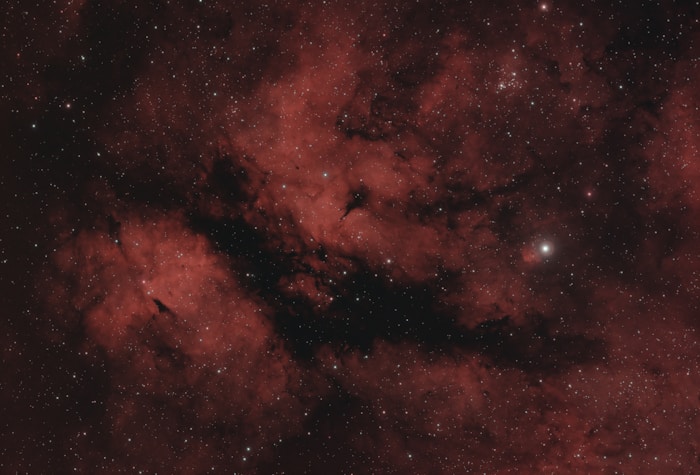Introduction to Astro
I rewrote this site using Astro and here's what I thought.
2023-04-13Matthew Cobbing

What’s Astro?
Astro is a tool for building static websites. It allows you to write sites using a variety of Javascript frameworks by shipping zero Javascript to the browser.
It acts like a static site generator but allows you to use interactive components if needed.
The Rewrite
My original aim was to add a blog section to this site. The site previously only had a projects section and I had added articles to medium.
The site used to be made with Next.js and got its content from Contentful CMS using GraphQL. I decided it was going to be too much effort to add blogging to the site using this architecture. I felt the site was overengineered given its simplicity and chose to rewrite it to use static content from the repository in order to reduce complexity.
I could have continued to use Next.js but it had been a while since I last updated the site and I wanted to start fresh so I chose to use an alternative framework.
After looking at the numerous static site generators, I decided to use Hugo. It promised to be easy to setup and get running using Markdown files and an existing template. It was extremely easy. In about an hour, I had created the site from scratch, deployed , and it looked pretty good 👍.
Almost immediately after building the site with Hugo, I noticed that customising the site beyond the template was actually quite difficult. The template had a small bug in a footer, and that meant I needed to fork the whole thing and set up an alternative git module in order to fix it. Using the template also felt more like creating a Tumblr profile and not updating my own site.

I wasn’t really happy with my new site, and wanted something that was still simple to use but also allowed me to fully customise how the site looked. That’s when I found Astro.
I had seen a video about Astro but didn’t realise it was so suited to what I wanted to do.
After looking at the docs, I decided to try it out and found the ‘Build your first Astro Blog’ tutorial on their site. The tutorial was very easy to follow, and I ended up rewriting most of the site after going through it.
Verdict
The components are very similar of ReactJS, so they were easy to understand. The typescript support is ok, but I would like an error if I tried to deconstruct a field that wasn’t in that component’s Props.
---
interface Props {
url?: string;
title: string;
description: string;
image: {
url: string;
alt: string;
};
pubDate?: string;
}
const { url, title, image, description, pubDate } = Astro.props;
---
<div>
<a class="secondary" href={url}>
<article>
<h5>{title}</h5>
<small class="description">{description}</small>
<img src={image.url} alt={image.alt} />
{pubDate && <small class="footer">{pubDate.slice(0, 10)}</small>}
</article>
</a>
</div>It was very easy to copy the markdown files from the Hugo site and use them. Using a layout with markdown files is really easy with the addition of a single line.
---
layout: ../../layouts/Article.astro
---Importing the contents of the markdown files into other components was also simple by using the glob function. I would have liked some kind of error if I tried to use a markdown file that didn’t comply with the Typescript interface instead of failing to render the page.
---
const articles = await Astro.glob<Article>("../pages/articles/*.md");
---Due to the simplicity of the site, I haven’t been able to use any more advanced features yet and have only used Astro components. Going forward, I want to keep adding to my site, so I may need some interactive components. I want to use Svelte somewhere when I have a chance.
Overall, I really liked using Astro 🌟. It was extremely intuitive to use, and I have full control over my site’s layout.